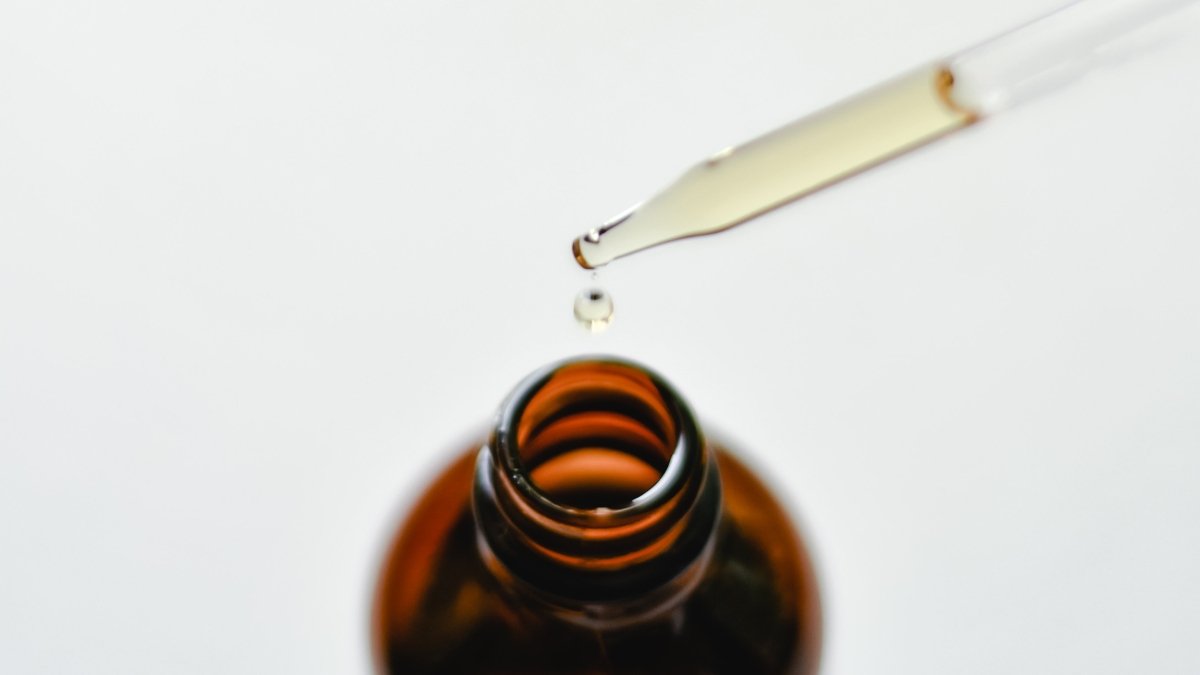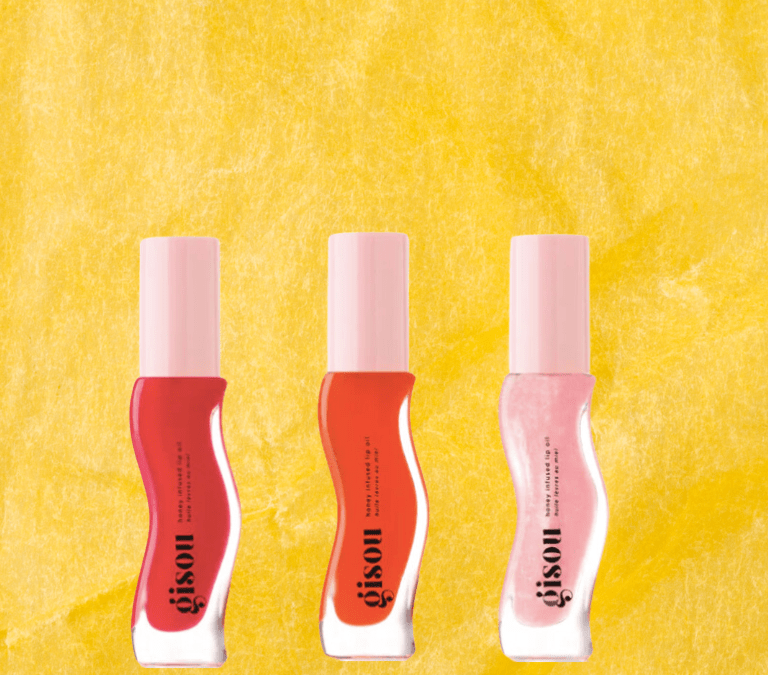
Dealing with dry skin after the long winter months is a common issue many of us deal with. That could mean anything from skin that feels itchy, rough, flaky, or that looks ashy. Thankfully, there are ways to help treat dry skin.
First, it’s important to understand why dry skin occurs in the first place. Many times, it’s when the skin doesn’t have enough water or lipids. But what are lipids on the skin, and why are they important? Keep reading to learn more about what they are and how to replenish them with skincare oils.
Lipids in the Skin
Think of your skin as a brick wall that is ready to protect you. The outermost layer of skin is responsible for preventing water from escaping and, therefore, keeping it hydrated, as well as avoiding the penetration of microbes and toxic compounds into the body.
This “brick wall” is made of strong skin cells known as corneocytes (bricks), which are held together by lipids (mortar). The main lipids found on the skin are cholesterol, fatty acids, and ceramides. The weather and the excessive use of cleansers can strip skin lipids away and cause dry and flaky skin. Luckily, there are skincare products like oils and balms that can help us replenish these lipids and get healthier, plumper skin.
Skincare Oils and Lipids
There are skincare facial oils that are made up of pretty much the same compounds you can find naturally in your skin. Those types of oils are the ones that you want to include in your skincare routine to help soothe or prevent dry skin. Here’s a list of skin-like skincare oils and ingredients to look for in your skincare products.
Ceramides
They make up a significant portion of the skin’s natural lipids, which help to keep moisture in and irritants out. As we age, our skin naturally loses ceramides, thus adding them to your skincare routine can help to replenish these essential lipids. They also have some soothing and anti-inflammatory properties. They are typically found as an ingredient in face creams and serums.
One to try: Pacifica Beauty Vegan Ceramide, $18
Squalane Oil
Squalane is a type of oil similar to the one the skin produces, which is squalene, with an “e”. Squalene is naturally produced by the body to hydrate and maintain the barrier of our skin as well as to act as an antioxidant to protect the skin from environmental stressors. However, squalene in its natural state isn’t very stable. That’s why most skincare products use squalane which is more stable while offering similar benefits for your skin. You can find it as pure squalane oil derived from olive oil or as an ingredient in serums and moisturizers.
One to try: Indie Lee Squalane Facial Oil, $38
Skincare Face Oils to Know
Some other oils that are similar to the ones found in the skin are jojoba oil, almond oil, argan oil, and rosehip oil. They are rich in fatty acids, which help to nourish and hydrate the skin. Moreover, they are known to be non-comedogenic which means that they won’t clog your pores and cause breakouts.
One to try: Shea Moisture 100% Pure Argan Oil Head to Toe Smoothing, $11
How to Use Skincare Oils
Face oils used for skincare are not moisturizers like creams and lotions. They don’t work by hydrating your skin, instead, they remain on the outermost layer of the skin to help seal in the hydration and other ingredients you’ve already applied. So, remember to apply a hydrating serum or moisturizer along with your face oil. When it comes to skincare oils, a little goes a long way, and 1-2 drops should be fine for the entire face.
Have you already included a skincare oil in your skincare routine? Let us know in the comments!



